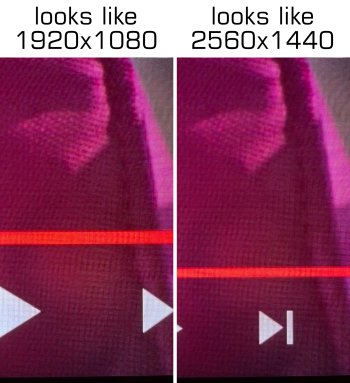Hi all,
Has anything changed with Ventura when scaling the UI? I've stayed away from a Macbook for years because of the constant talk of reduced screen sharpness on external displays when using a 27"/4K monitor, for example. Now I'm a new owner of a MacBook Air 15", and I'm using a DELL U2720Q 27"/4K monitor with the scaling 3008x1692. I chose this scaling because it's the only way to make the font size appear similar on both displays, if I leave the Macbook scaling to standard, which I prefer. The pixel density is a bit lower on the DELL, but a visual difference is not really noticeable for me when working. Thus, I cannot quite understand the negative rating of such a combination. What is your opinion?
Best
Michael
Has anything changed with Ventura when scaling the UI? I've stayed away from a Macbook for years because of the constant talk of reduced screen sharpness on external displays when using a 27"/4K monitor, for example. Now I'm a new owner of a MacBook Air 15", and I'm using a DELL U2720Q 27"/4K monitor with the scaling 3008x1692. I chose this scaling because it's the only way to make the font size appear similar on both displays, if I leave the Macbook scaling to standard, which I prefer. The pixel density is a bit lower on the DELL, but a visual difference is not really noticeable for me when working. Thus, I cannot quite understand the negative rating of such a combination. What is your opinion?
Best
Michael



